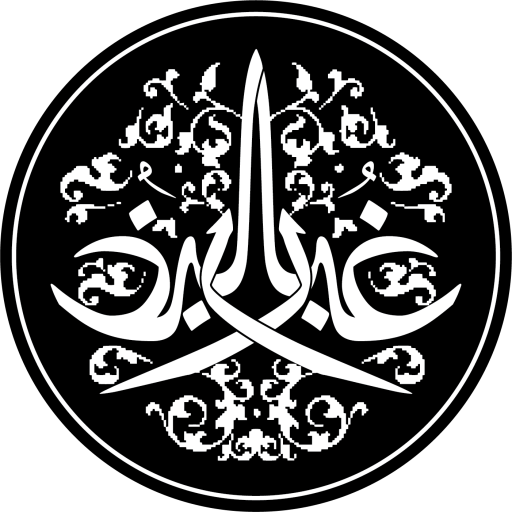Ghubar Statement
Who is Ghubar
We, a group of researchers in the field of specialized studies of art, architecture, and culture of Iran and Islamic lands, came together in the winter of 2020 and established the Ghubar Research Group with the aim of understanding and systematically introducing this field of study in Iran. In the first step, we tried to achieve this goal by publishing materials focusing on historiography, manuscript research, and museum studies on a multimedia platform. In addition, the Telegram channel and Instagram page of Ghubar were also launched with the aim of informing about specialized events, publication news, and opportunities and academic and research scholarships related to the specialized field of art, architecture, and culture of Islamic lands in Iran and around the world. If you are a researcher in the field of art, architecture, and culture of Iran and other Islamic lands and you write or translate, Ghubar is a suitable place to publish your short articles, reviews, research notes, and translations. To collaborate with us, send us your resume and a sample of your published or unpublished works.
In the second step, in addition to pursuing the previous goals, we also held specialized meetings. The first meeting, entitled “Art and Architecture in Safavid Isfahan: A New Narrative,” was held in the fall of 1402, in which prominent professors and emerging researchers presented the results of their research in the three axes of Safavid architecture, urban planning, and painting. The second specialized meeting, Ghobar, was held in May 1403, entitled “The Idea of the Just King in the Art and Material Culture of the Iranian World.” This bilingual meeting was held with lectures by eight Iranian and non-Iranian researchers from all over the world, and the lectures were dedicated to articles published in the fifth issue of the journal Manaar (affiliated with the platform for the study of visual arts, architecture, and cultural heritage of the MENA region).
Over the years of teaching, studying, and research, we have realized that in Iran, the field of art history, and especially the history of art in the Islamic period, is in dire need of new ideas and new ways of expressing these ideas, so that it can be freed from the heavy burden of stereotypes that have blocked the path to thought in its essence and move towards flourishing. So we have set foot on a path that, although difficult, is motivating and the horizon ahead is inviting. From the first steps to the present day, we have benefited from the company of esteemed professors and friends; we are grateful to all of them and shake their hands warmly.

Collaboration with Ghubar
If you are a researcher, author, or translator in the fields of art, architecture, and culture of Iran and other Islamic regions, Ghubar is honored to offer a platform for publishing your short articles, critiques, research notes, and translations. To collaborate with us, please send your resume along with a sample of your published or unpublished work.

